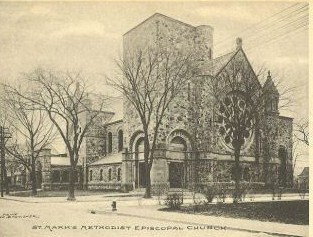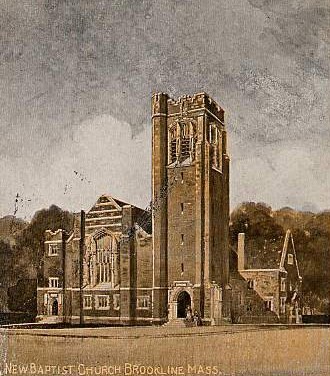charles65ofboston
Active Member
- Joined
- Jan 21, 2008
- Messages
- 188
- Reaction score
- 2
Hello Group! I have taken a short rest from my Boston department stores blog to start a few new Flickr groups with certain Boston buildings as the subjects.
My first venture is The Mount Vernon Church of Boston.
The last location of which was the Graham Gund "Church Court" condo conversion of 1984 located on the corner of Beacon Street and Mass Ave.
The congregation built this building in 1892 and used it until 1970. The empty building burned in July of 1978 after many various ideas of possible new uses failed.
I have done a great deal of personal research into the history of this church and will post some of my findings on the Flickr site. I would love any contributions of photos or other documents for the site of the church during its history before it became affiliated with Old South Church in 1970.
The other location of the church was on Ashburton Place on Beacon Hill from 1844-1892.
The new group can be found at:
http://www.flickr.com/groups/792521@N23/
July 2010 Update....New Mount Vernon Blog open for readers!!!
http://historicmountvernonchurchofboston.blogspot.com/
Thanks as always!!! Charles
charles65ofboston@yahoo.com
My first venture is The Mount Vernon Church of Boston.
The last location of which was the Graham Gund "Church Court" condo conversion of 1984 located on the corner of Beacon Street and Mass Ave.
The congregation built this building in 1892 and used it until 1970. The empty building burned in July of 1978 after many various ideas of possible new uses failed.
I have done a great deal of personal research into the history of this church and will post some of my findings on the Flickr site. I would love any contributions of photos or other documents for the site of the church during its history before it became affiliated with Old South Church in 1970.
The other location of the church was on Ashburton Place on Beacon Hill from 1844-1892.
The new group can be found at:
http://www.flickr.com/groups/792521@N23/
July 2010 Update....New Mount Vernon Blog open for readers!!!
http://historicmountvernonchurchofboston.blogspot.com/
Thanks as always!!! Charles
charles65ofboston@yahoo.com
Last edited:





